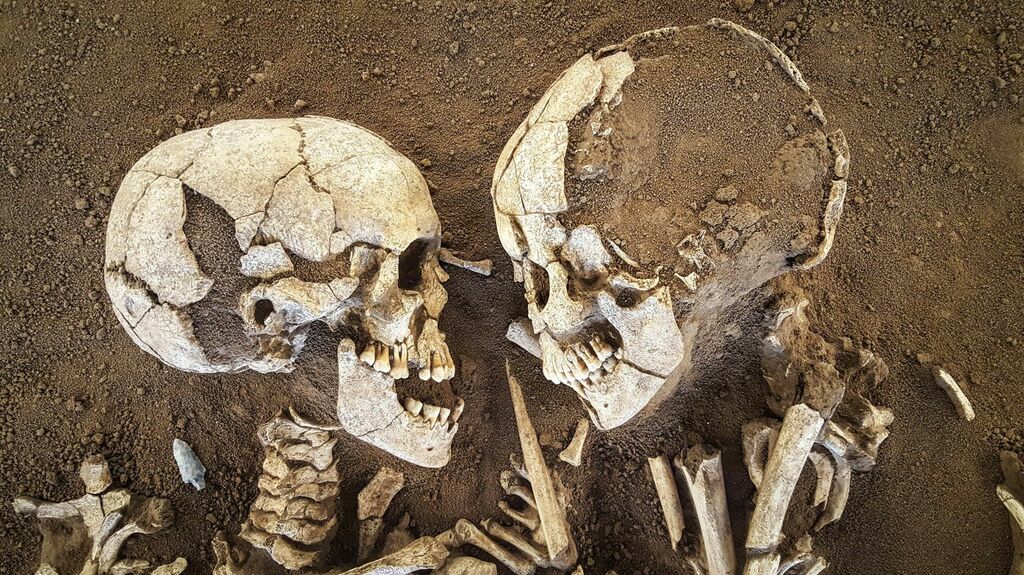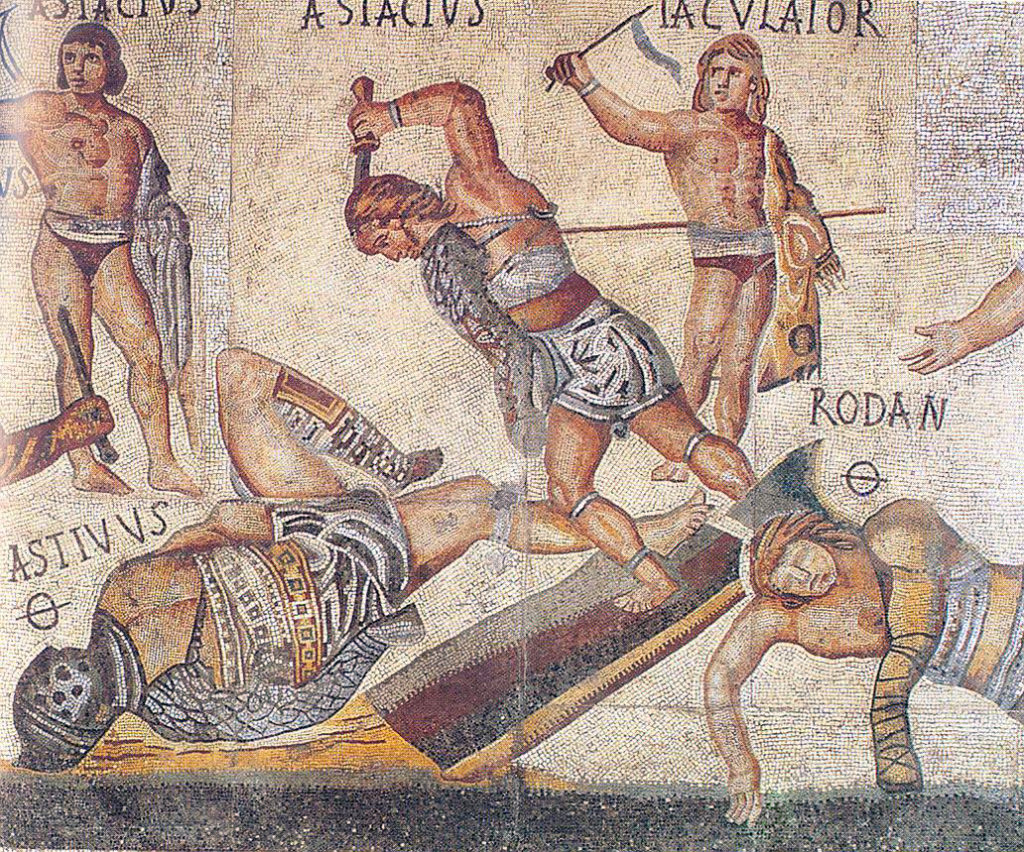Gaul was a region in Europe inhabited by a number of tribes. It was eventually absorbed into the Roman Empire. This region in the present day contains the countries of France, Belgium, Luxembourg, Northern Italy, and parts of the Netherlands, Germany, and Switzerland.
Little is known of life in pre-Roman Gaul, because there are virtually no written records from that time. There is some secondhand information from the Greeks and Romans, who had a great deal of contact with the cultures that flourished in this region. And there are archeological findings that give us insight into their culture.

Celts
Most English speakers think of Great Britain when they think of the Celts. However, the Britons and Gaels were only one subset of the larger Celtic culture.
Speakers of Celtic languages were widely distributed throughout ancient Europe. The precise origin of this language group is unknown. The proto-Celtic language is commonly thought to have originated in central Europe, somewhere near what is now southern Germany.
Other scholars theorize that the language arose in coastal regions or in the region that would become known as Gaul, an idea corroborated by Greek historians who lived in or around the time of Julius Caesar.
The word Celt comes from the Greek historian and geographer Hecataeus of Miletus, who wrote in 517 BC about the Keltoi people living in southern Gaul. By the time Julius Caesar reached Gaul centuries later, he reported that they called themselves Celtae.
This was just one of the three main groups of Celtic Gauls who lived in this area.
“All Gaul is divided into three parts,” wrote Caesar, “one of which the Belgae inhabit, the Aquitani another, those who in their own language are called Celts, in ours Galli, the third.”
The Continental Celtic language group is now extinct. Breton, a modern Celtic language with over 200,000 speakers in Brittany, was brought back across the sea from England sometime in the Middle Ages.
No surviving languages descend from the language group spoken in pre-Roman Gaul.
La Tène Culture
The culture of Celtic peoples in the centuries preceding the Roman conquest of the region is commonly referred to as La Tène culture.
Celtic lands were rich in many different metals. Many Celtic artisans were capable of intricate metalwork, and they traded jewelry and weapons with the wider world.
They traded with the Greeks for centuries and began using coins in the third century BC. Before the adoption of coins, they used various forms of proto-money – items of bronze and other metals fashioned into regular shapes – in addition to barter to facilitate trade.
Some Gauls also used Greek characters to write their own languages. This group of cultures had strong oral traditions but left behind very little by way of written records.
Celtic Religions
Like the Greeks and the Romans, Celtic peoples believed in many gods. They were animists, meaning that they believed that each aspect of the natural world has its own spirit. According to contemporary writers, Gauls also believed in reincarnation.
According to Commentarii de Bello Gallico, Julius Caesar’s first-hand account of the nine years that he spent working to conquer Gaul, the Gallic people believed that they descended from a god of the underworld.
Druid priests served as keepers of the lore and often as civil judges as well. They practiced in sacred groves and other holy places out in nature called nemetons.
Like the Greeks and the Romans, Gauls sacrificed animals to their gods. Caesar wrote that they also sacrificed innocent humans by the hundreds, but modern historians regard this as wartime propaganda.

Daily Life of Pre-Roman Gauls
Like their Roman contemporaries, many Gauls lived in large towns. Their houses were made of wood. Modern reconstructions of La Tène settlements feature cozy clusters of cottages with steep thatched roofs.
Some lived in cities such as Heuneburg, thought to be the first city north of the Alps. There was a settlement on this plateau in modern-day Germany as early as the 15th century BC. By 600 BC there was a fortified city at the center of complex trade routes.
Most Gallic tribes were stratified into three major classes: a warrior aristocracy led by a king or oligarchs, an intellectual class that included druids and poets, and then the common folk. Many tribes had slaves who were captured in raids or born into slavery.
Horses were common. They used chariots in battle even after the practice had fallen into disuse among Greeks and Romans.
A Greek historian who lived in the first century BC described the Celts as follows:
“The Gauls are tall of body with rippling muscles and white of skin and their hair is blond, and not only naturally so for they also make it their practice by artificial means to increase the distinguishing colour which nature has given it. For they are always washing their hair in limewater and they pull it back from the forehead to the nape of the neck. Some of them shave the beard but others let it grow a little; and the nobles shave their cheeks but they let the moustache grow until it covers the mouth.”
The men wore trousers under long tunics made of linen or wool. The plaid patterns associated with the last surviving Celtic cultures were also common among Celtic tribes in mainland Europe. Clothes were sometimes made of silk for the very rich, who also wore golden neck collars called torcs.
Little is known of the lives of women in ancient Celtic cultures. But they may have enjoyed more freedom than their contemporaries in Greece and Rome.
Some women were buried with weapons. Greeks and Romans wrote that women often participated in battles. According to Plutarch, they even traveled to act as ambassadors.
The Roman Conquest
Ancient Rome fought a series of wars with Gaul for centuries – and Gallic tribes sacked Rome more than once – before the region was finally conquered by Julius Caesar. The people quickly assimilated, and Latin overtook the native Celtic languages until they disappeared.

